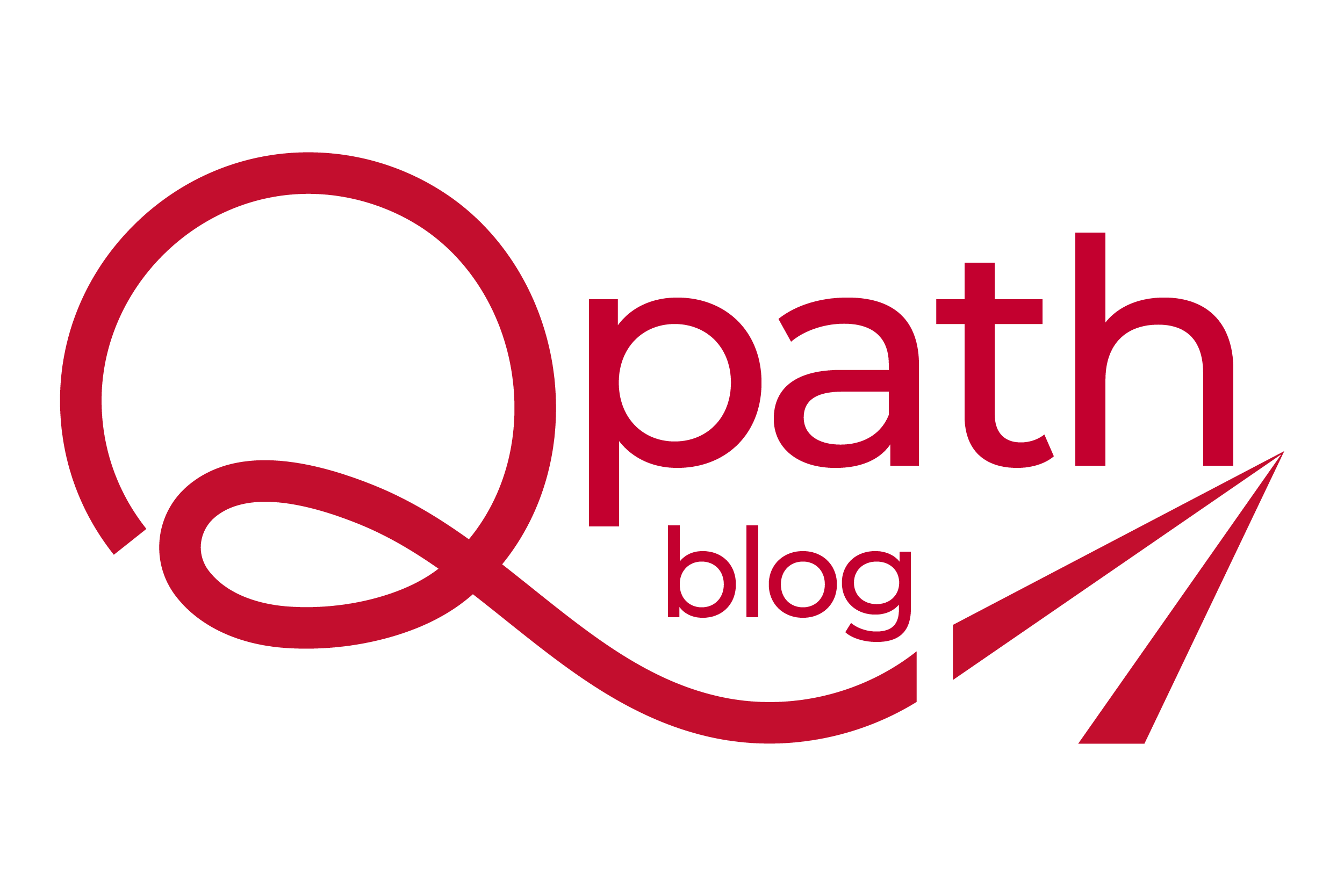When most people start running for exercise with the idea of becoming a “runner,” they likely have a goal in mind. For example, they think, “I’d like to be able to run a mile.” When they become more ambitious and comfortable with the idea, they might strive to run a 5K. The bottom line is that having an objective in mind is important to achieve success.
While there is no right or wrong answer, the fact is that the goal the pharmacist sets is the goal that the team strives to obtain. The real question is what goal will actually achieve results and have a meaningful impact on the pharmacy.
In a previous Insight article, “Synchronization: Understanding the Need,” I reviewed the impact of medication synchronization programs, specifically on the following: patients, workflow, finances and performance. Let’s revisit some of the goals and outcomes.
While medication synchronization is designed to have a direct impact on medication adherence for the patients enrolled, the benefits to pharmacy workflow, financials and performance are most apparent when the program is expanded to include a significant percentage of patients.
Considering that in most retail pharmacies, more than 50 percent of prescriptions are maintenance medication refills, setting a goal of processing 50 percent of their prescription volume through a medication synchronization program should be achievable.
For example, with an estimated six medications per patient, a pharmacy processing 6,000 prescriptions monthly could set a goal to enroll 500 patients. This would achieve the medication synchronization of 3,000 prescriptions or 50 percent of its monthly volume. With this example in mind, let’s discuss the impact areas.
The Patient Impact
Medication synchronization addresses many of the challenges of patient adherence. Better adherence results in better overall outcomes and decreased risk, yielding healthier patients. With each patient enrolled, pharmacies mitigate barriers to adherence and provide a higher level of customer service.
The Workflow Impact
Perhaps the most underestimated impact, an expanded synchronization program creates substantial opportunity for a more efficient pharmacy workflow.
In an existing non-synchronized model with the average patient receiving six maintenance medications each month, the patient would likely make a minimum of three separate refill requests. Each request requires a pharmacy technician and pharmacist to access the patient profile at separate times throughout the month, resulting in multiple separate checkouts at the point-of-sale.
Medication synchronization is designed to alleviate patients’ need to request refills. All the patients’ medications are processed by a technician and checked by a pharmacist at one
time, and the patients receive their maintenance prescriptions in one monthly visit to the pharmacy. The opportunities for improved workflow are proportional to the number of patients enrolled in the program.
In relation to the example, with an enrollment of 500 patients into a synchronization program, the pharmacy receives 1,500 fewer refill requests, has 1,000 fewer reasons to access the patient profile and 1,000 fewer checkouts at the point-of-sale.
Additionally, the positive impact on workflow allows the pharmacy to focus on performance measures, programs, services and opportunities that improve growth, such as providing immunizations and medication therapy management.
The Financial Impact
Improved medication adherence correlates to more prescriptions filled per patient. Some studies even indicate an overall increase of 20 prescriptions annually per patient enrolled.1 While this number may fluctuate based on the pharmacy’s criteria for program enrollment, pharmacies across the country are experiencing double-digit growth in their prescription volume.
Increased prescription volume equals increased gross profits and overall profitability and diluted per-prescription cost of dispensing. Furthermore, the pharmacy is able to process more prescriptions more efficiently, schedule staffing to meet the anticipated demands of workflow and order and manage inventory more effectively − resulting in a more cost-effective and organized pharmacy operation.
The Performance Impact
As medication synchronization demonstrates a positive impact on medication adherence, national prescription data indicates that more patients are achieving the 80 percent proportion of days covered threshold for adherence.
The reality is that third-party payers are willing to adjust their payment and fees based on performance. While most debate the current payment model structure, many pharmacy owners are electing to take action to improve patients’ health outcomes, reduce fees and compete in the pay-for-performance model.
In some networks, pharmacies are able to reduce the transaction fee by up to two percent of claims dollars. In other models, pharmacies are able to eliminate the fee completely or receive an additional incentive for the highest level of performance. While pharmacies vary based on size and the demographics of payers, in most cases, they have the ability to reduce their fees by more than $10,000 annually. Future models may create even greater differentials between high- and low-performing providers.
 Achieving Outcomes
Achieving Outcomes
Pharmacists are tasked with both the challenge and opportunity to improve the health of their patients. Medication synchronization is a tool that improves more than medication adherence. Added benefits include seamless workflow, positive impact on financials and a higher performance rating. Achieving outcomes in each impact area creates meaningful value to patients and the pharmacy itself.
The QS/1 Impact
All medication synchronization programs can be optimized with the use of reporting and technology. QS/1 offers multiple approaches to improving adherence, including Cycle Rx, Health-Minder®, adherence reporting, InstantFill® and Tickler. Used together, QS/1 software features create an efficient and sustainable workflow for a successful synchronization program.
Source:
1Assessing the Impact of a Community Pharmacy-Based Medication Synchronization Program on Adherence Rates. National Community Pharmacists Association. December 10, 2013. Web. 20 June 2017. https://www.ncpanet.org/pdf/survey/2014/ncpa-study-results.pdf

Comments (0)